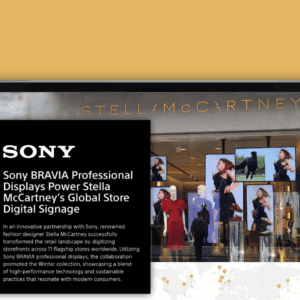As consumer shopping habits continue to evolve, retailers must come to terms with one drastic reality — shoppers now like to shop whenever the mood strikes, and that’s often in the midst of doing something else. Up to 71% of consumers shop in “micro-moments” while conducting their everyday tasks, according to a study from IBM and the National Retail Federation.
As many as 35% of shoppers say they shop in micro-moments at least once per week, and 84% said it’s important they can find what they need to get in and out of the store fast. With so many potential distractions throughout the shopper journey, this “always on” consumer values simplification: when choosing a brand, 84% of shoppers are looking for products and services that can simplify their lives. Nearly two-thirds of those who shop in micro-moments require flexibility for their orders to be fulfilled.
With these consumer habits in mind, IBM recommends that retailers leverage external data to make better assortment decisions and more accurately forecast demand patterns, in order to have the right product available at the right place and the right time. Additionally, the report indicates that distribution capabilities at the store must evolve and scale accordingly as BOPIS continues to grow, particularly through in-store automation.
In the consumer’s quest for availability and speed, both brands and retailers can differentiate themselves by offering transparent, accurate and informative contextualized content. This can be anything that’s relevant for the shopping “trip,” from pricing to product details to inventory to order status, as long as it is available anywhere and any time.
“Transparency constitutes proof that an organization and its offerings are what the company claims to be — a way to earn consumers’ trust,” said Luq Niazi, Global Managing Director, IBM Consumer Industries, during a webinar revealing the survey results. “Brands can leverage data and integrate blockchain technologies as brand differentiators that effectively provide transparency and traceability — which will also boost profits, as the study shows that shoppers willingly pay more if a retailer can demonstrate provenance.”
Shoppers’ desire for transparency also aligns with a need for authenticity from brands — 79% of all consumers say it’s important for brands to provide guaranteed authenticity, such as certifications, when they’re purchasing goods. Within this group, 71% are willing to pay an added premium — 37% more — for companies offering full transparency and traceability.








